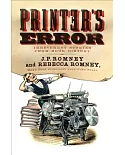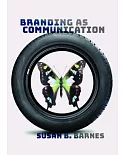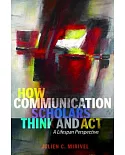The study looks at how 61 academic, public and special libraries, museums and historical societies organize their collection digitization efforts. The study gives highly detailed data on
spending, budgets, uses of staff time, digitization volumes and back logs and much more. The study helps its readers to answer questions such as: how much digitization is done in-house? How
much is outsourced? If outsourced, which companies are favored suppliers? How much are organizations spending on digitization? How much of their staff time is spent on issues of cataloging and
metadata? How much is spent on collection marketing? What kind of equipment is being used and what are future plans for equipment? Also covered: crowdsourcing, use of blogs and social media,
online showcases and exhibits and much more.Just a few of the study’s major findings are that: More than 60% of those responding had little to no experience with the preservation or enhancement
of existing digital formats. Special libraries had the largest budget of the four groups represented with a mean of $500,855. The average number of people spending part of their day on
digitization projects was 3.94. Special libraries and college/university libraries were more likely than museums or public libraries to outsource (64.29% and 62.5% vs. 28% and 50%). On
average,36.2% of digitization work was outsourced to third parties. Most of those surveyed felt that staff labor spent on digitization would stay about the same (50.82%) but more than 40% felt
that staff labor spent on digitization would increase or increase significantly. Few expected decreases.





















